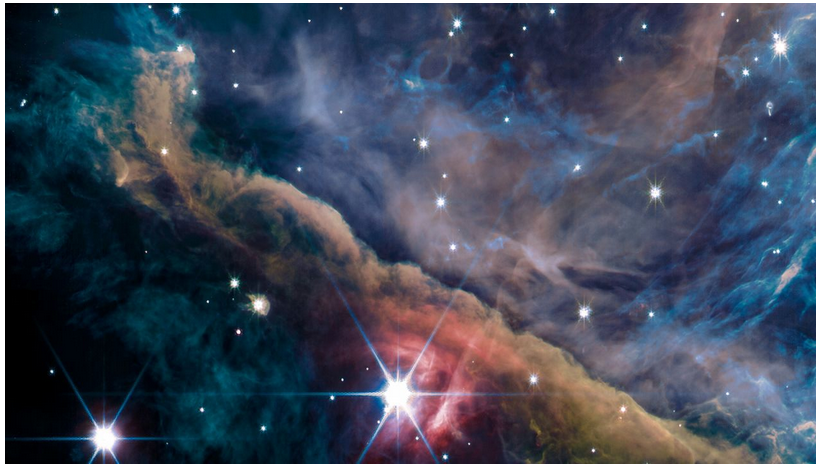The dazzling photos by the Hubble Space Telescope about the Andromeda Galaxy are presenting brand-new details on how stars and planetary systems form.
The images released Monday shed light on the environment similar to ours when the sun first formed more than 4.5 billion years ago. After seeing the Orion Nebula, space scientists will be able to better comprehend what happened to the first million years of the Milky Way‘s planetary evolution, according to Western University astrophysicist Els Peeters.
We are amazed at the beauty of the Orion Nebula. We began this project in 2017, so we have been waiting over five years to collect this data, Simon Peeters reported. Also, these new observations deepen our knowledge about how massive stars give rise to the gas and dust cloud they emerge from.
The hearts of heavenly nurseries like the Orion Nebula are clouded by a lot of stardust, making it difficult to concentrate on what’s going on inside with instruments like the Hubble Space Telescope, which depend chiefly on noticeable light.
Webb, nonetheless, recognizes the infrared light of the universe, which permits eyewitnesses to see through these layers of residue, uncovering the activity happening profoundly inside the Orion Nebula, the delivery said. The pictures are the most point by point and most keen taken of the cloud – which is arranged in the Orion star grouping 1,350 light-years from Earth – and the most recent contribution from the Webb telescope, which started working in July.
“Noticing the Orion Nebula was a test since it is extremely splendid for Webb’s exceptional delicate instruments. However, Webb is mind boggling, Webb can notice far off and swoon worlds, as well as Jupiter and Orion, which are probably the most splendid sources in the infrared sky,” said research researcher Olivier Berné at CNRS, the French National Center for Scientific Research, in the news discharge.
The new pictures uncover various designs inside the cloud, including proplyds – a focal protostar encompassed by a circle of residue and gas in which planets structure.
“We have always been unable to see the many-sided fine subtleties of how interstellar matter is organized in these conditions, and to sort out how planetary frameworks can shape within the sight of this unforgiving radiation. These pictures uncover the legacy of the interstellar medium in planetary frameworks,” said Emilie Habart, an academic administrator at Institut d’Astrophysique Spatiale (IAS) in France.
Likewise obviously noticeable at the core of the Orion Nebula is the trapezium bunch of youthful gigantic stars that shape the dust storm and gas with their extreme bright radiation, as indicated by the news discharge. Understanding what this radiation means for the bunch’s environmental elements is vital to grasping the arrangement of heavenly frameworks.
“Gigantic youthful stars transmit enormous amounts of bright radiation straightforwardly into the local cloud that actually encompasses them, and this changes the actual state of the cloud as well as its compound cosmetics. How exactly this functions, and what it means for additional star and planet development isn’t yet notable,” Peeters said.
The pictures will be concentrated on by a global coordinated effort of in excess of 100 researchers in 18 nations known as PDRs4All.



